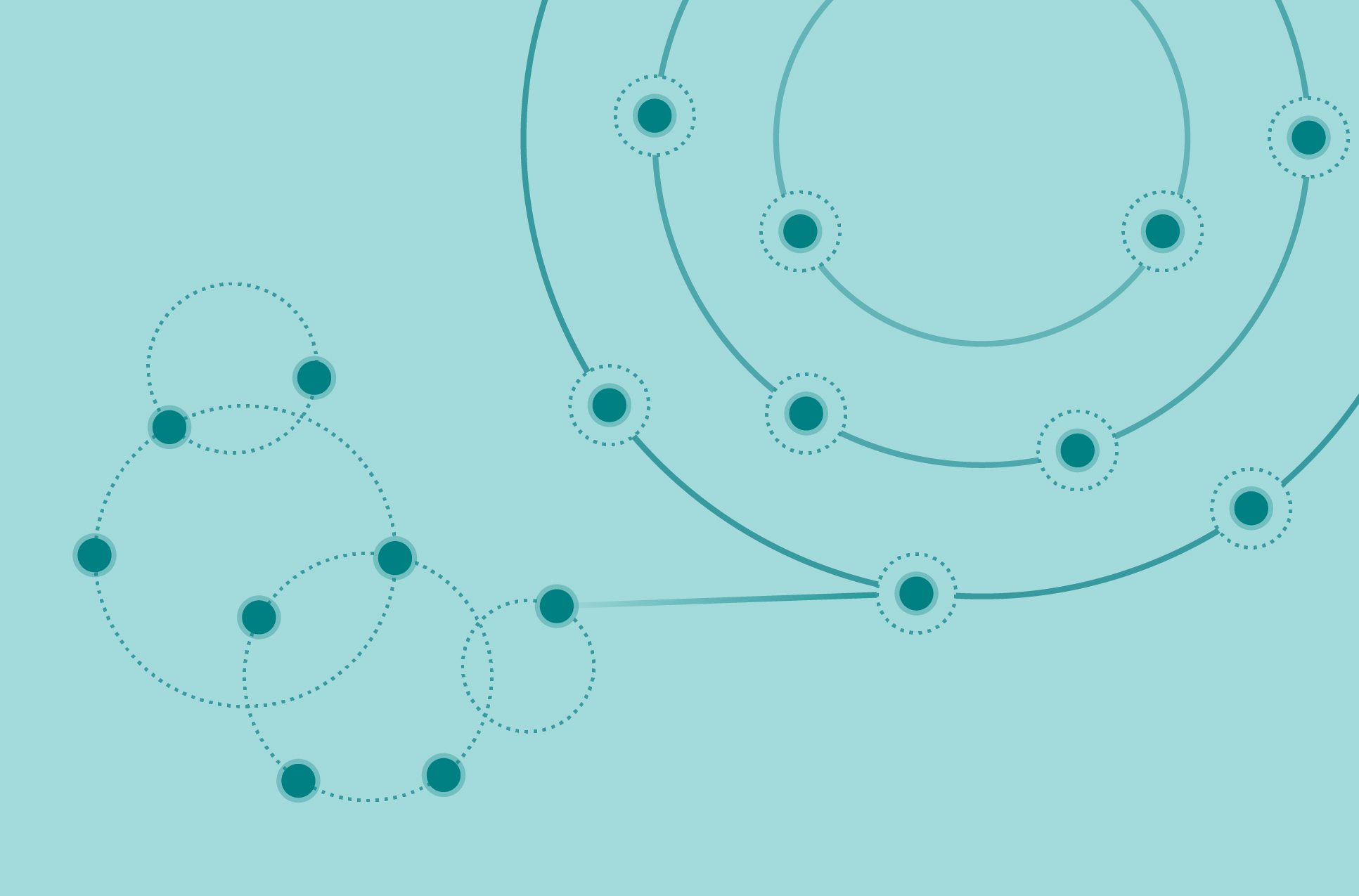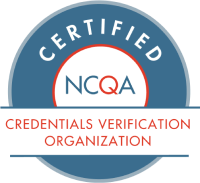Right now, processing insurance claims is an incredibly labor-intensive and error-vulnerable process. Dozens or more people might be involved in manual work related to processing a single claim.
That’s because there’s so much disparate information to verify: the patient’s identity, the insurance coverage, the payment agreement between payer and provider, the provider’s billing address, etc.
And what’s more, networks and providers are constantly changing; key data elements—including addresses—become obsolete each month for about 2% of providers, adding to the inefficiency of the claims process. Because blockchain uses a tamper-proof validation-based exchange, it enables much of the claims verification process to be fully automated.
If each organization involved is using blockchain technology, all relevant claims processing details are trustworthy and readily available for streamlined and more direct processing, providing a velocity and scale not currently possible. This would also remove the need for claims clearinghouses, speed up the claims process and eliminate costs from inaccurate data. Because details surrounding each claim will be more immediately transparent, patients won’t pay unexpected out-of-pocket expenses due to lack of clarity on what the charges are or who is financially responsible for those charges.
Limiting Insurance Fraud
Although fraudulent health insurance claims represent only a minority of all claims, they cost the American healthcare system tens of billions of dollars every year, with payers and patients footing the bill one way or another—not limited to reduced coverage and higher premiums.
Inaccurate Provider Data Leads to Manual Claims Processing
- $1 for Auto Adjudications
- $5 for Manual Claims Processing
Incorrect Addresses Lead to 3x Higher Mail Delivery Costs for Health Plans and Revenue-cycle Bottlenecks for Providers.
Due to its interoperability of data sources and complete transparency of tamper-proof records, blockchain can help reduce fraudulent claims.
Billing compliance can be improved via blockchain, as this technology will enable improved auditability and verification in claims data and billing processes. Due to its interoperability of data sources and complete transparency of tamper-proof records, blockchain can help reduce fraudulent claims. Patients’ medical and insurance data can no longer be used to make false claims. The claim event can be validated during the process of paying the claim (even while the amount of admin work to process a claim is decreased). Additionally, access to data might help organizations spot patterns of fraudulent activity and take action earlier. While an industry-wide move to blockchain may sound farfetched, some companies already use the technology to address some of these industry-wide problems.
What This Means, in Brief
Payers:
As noted, blockchain will decrease costs to payers that result from inaccurate data or fraudulent activity. Fraud will be more easily detected and prevented, thereby ensuring higher network quality.
Providers and Providers Organizations:
For providers and provider organizations, this should mean a reduction in the cost and effort associated with collecting out-ofpocket expenses from patients, which, in turn, increases revenue and provides a predictable revenue cycle. A reduction in fraudulent industry activity is better business for all involved.
Patients:
Most importantly, blockchain will better protect patients from being unwittingly involved in fraudulent activities stemming from use of their data or unnecessary medical testing. A reduction in industry fraud will help rein in resulting outof-pocket expenses and premium increases. Fraud can also do a lot to harm patients’ views of providers and/or the healthcare system as a whole, so increasing preventative measures is a positive step for everyone involved.
Improving the Business of Healthcare in Order to Impact the Outcomes of Healthcare
andros is a new kind of CVO. Built on sophisticated technology and a partnership mind-set, we help your team improve your credentialing function to spend less time and manual effort on repetitive data entry tasks. andros’s technology automates the monotonous verification work required for compliant credentialing and simplifies everything else: the application, committee review prep, approval, ongoing monitoring, recredentialing and reporting. This is how we transform the credentialing function into a fast, compliant and cost-effective process for healthcare organizations that are dissatisfied with inefficiencies that lead to burned-out employees, frustrated providers and missed business opportunities.
Your team can credential 15x more providers with andros than with legacy solutions.
“Ultimately, choosing andros came down to a need…to move quickly enough to provide our members with the care they deserve while staying compliant. It’s essential for us to know without a doubt who is credentialed and when, and andros has consistently offered peace of mind with its reliability.”
Alicia Beckett, Clover


